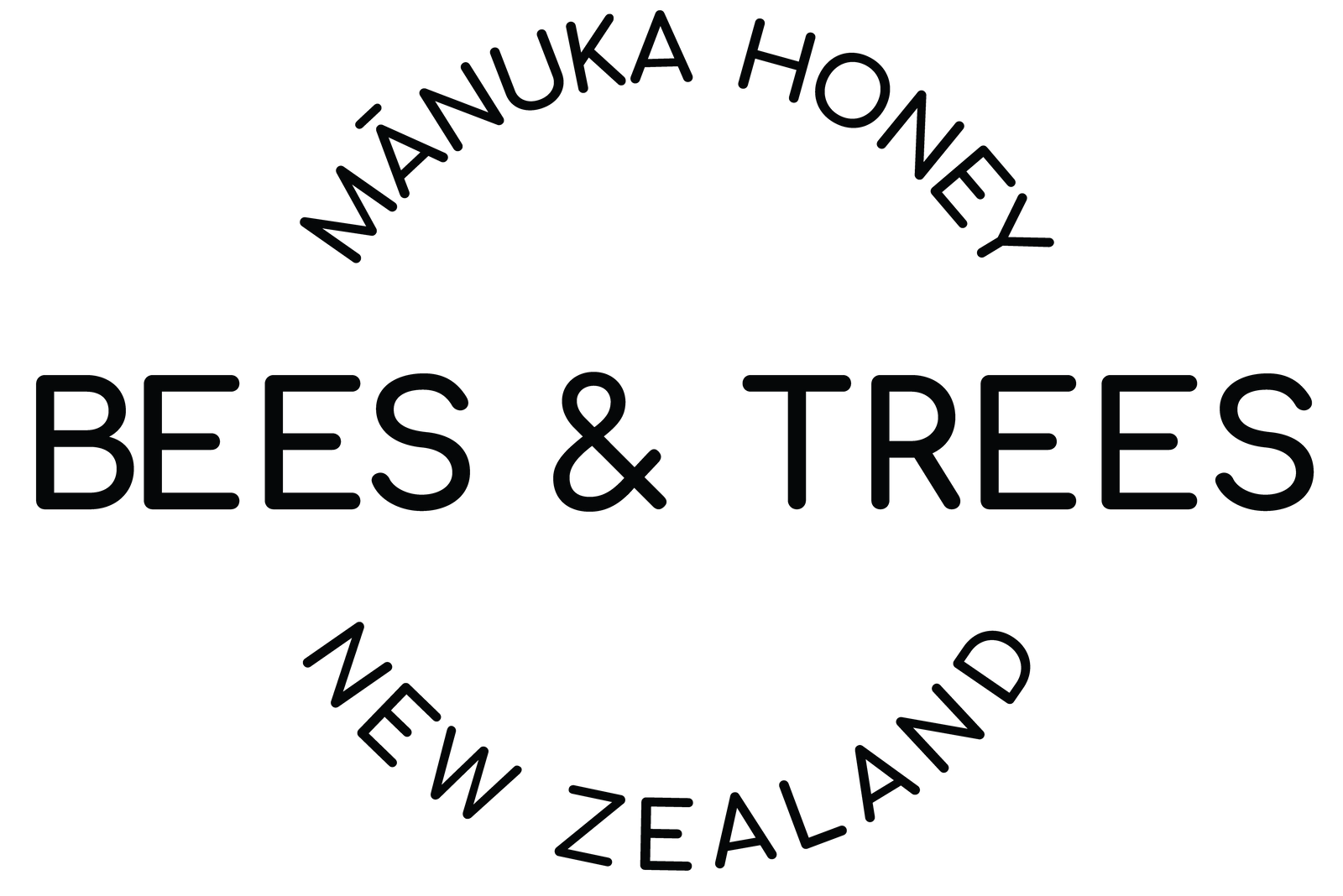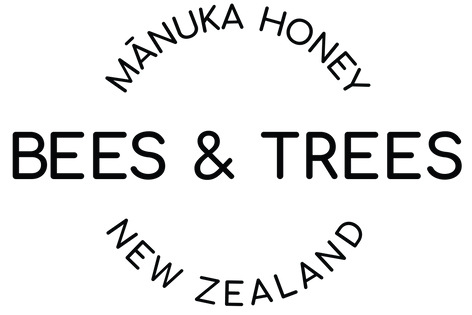
Honey bees use two methods to communicate with one another: odor and body movements. They use body odor or pheromones to create a societal glue between the bees, helping them identify where they live, know who their allies are, and detect intruders. Their body movements, also known as waggle dance, are used to send messages about pollen sources.
Let’s look at each communication system and how it helps honey bees effectively communicate with each other.
Bee Communication - Waggle Dance

We’re sure you’re already aware of how cute bees are – but get this – the main mode of communication for honey bees is through dance!
Worker bees communicate with each other on the different locations of pollen sources that lay far from the hive, over 150 meters. When a scout bee returns from a successful hunt, they bring the good news with a waggle dance to confirm a great location for pollination.
First, the bee will begin to shake its abdomen and produce a buzzing sound from the beating of its wings. The speed of this beating corresponds to how far away the food source is.
Faster = Further Slower = Closer
Then the bee performs a figure-eight dance pattern, and buzzes again when they reach the center of the pattern. In this pattern, the bee aligns its body in correlation with the sun to point in the direction of the pollen source. So with this one dance, scout bees are able to communicate the direction and distance of pollen sources that are far from the hive.
This form of the waggle dance is used to communicate pollen sources that are far away from the hive. For food that’s closer to the hive, around 50 meters, bees use a variation of the waggle dance. Instead of the figure-eight pattern, the bees move in a series of narrow circular movements.
For food sources between 50 and 150 meters, bees perform the waggle in a crescent-shaped pattern.

While bees live to serve a queen, the way they operate the hive can seem like a democracy. When bees make decisions about where to start a new hive, or if they want a new queen, the bees will actually “vote” by using the waggle dance.
For example, when bees are moving a hive, they need to decide on a new location. If a worker bee likes the location they visited, they return and perform a waggle dance to get more bees interested. Other bees will travel to the location and if they like it as well, they perform the same dance too. Eventually, if enough worker bees visit this location and approve, the hive will move in that direction.
Bee Communication - Odor and Pheromones

Odors and pheromones play a crucial role in the hive, giving bees an incredibly effective tool for communication.
Scouts will bring back the scent of flowers with them when they perform the waggle dance. This helps other bees to understand the direction and distance while being able to recognize the scent of the specific area.
Even though bees have a chance to vote on certain aspects of the hive – the queen rules unquestionably. She does this with an incredibly effective Queen pheromone that is produced behind her mandibles. With this pheromone, the Queen is able to prevent worker drones from developing sexual organs that would allow them to reproduce, thus maintaining her status as the sole reproducer. This pheromone also helps to create a societal glue between the bees, helping them identify where they live, know who their allies are and to detect intruders.
Another interesting pheromone is produced when worker bees use their stinger. After stinging an intruder, it produces a pheromone which alerts the other worker bees. This brings them to attention and allows for the bees to collectively protect their hive.

Bees bring an entirely different meaning to interpretative dancing. This fascinating form of communication helps bees to communicate and construct their empires. The many complicated operations of day-to-day bee life require efficient communication and would be impossible without it.
Interestingly enough, their communication is really not too different from ours. Studies have shown that nonverbal communication for us humans is significantly more influential than what’s actually being communicated. While we’ve constructed highly complex languages and ways to talk with each other, most of the time it comes down to how we interpret body language.
So in the end, we and the bees aren’t so different when it comes to communication. Thankfully, we don’t have to worry about Queen Pheromones!







